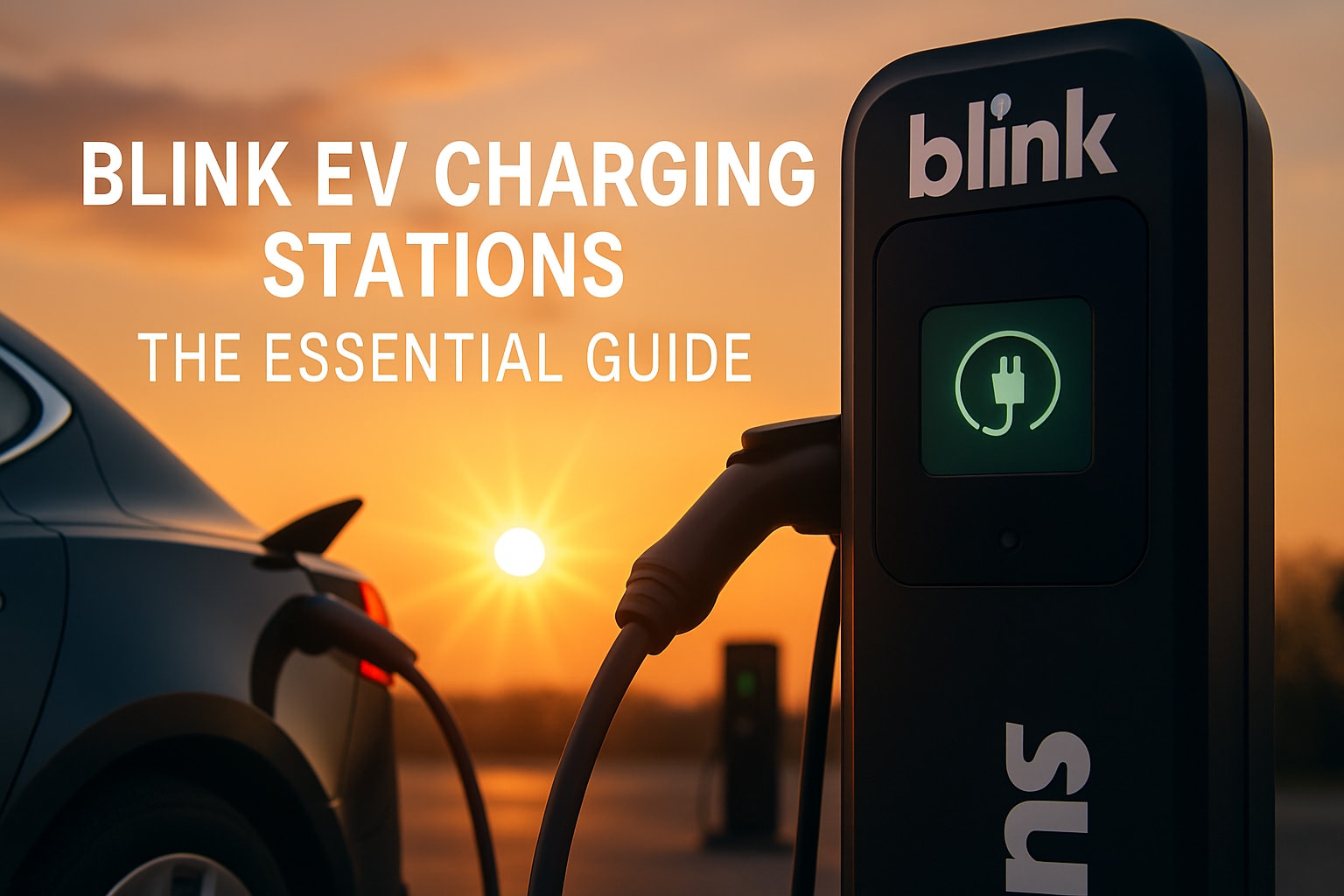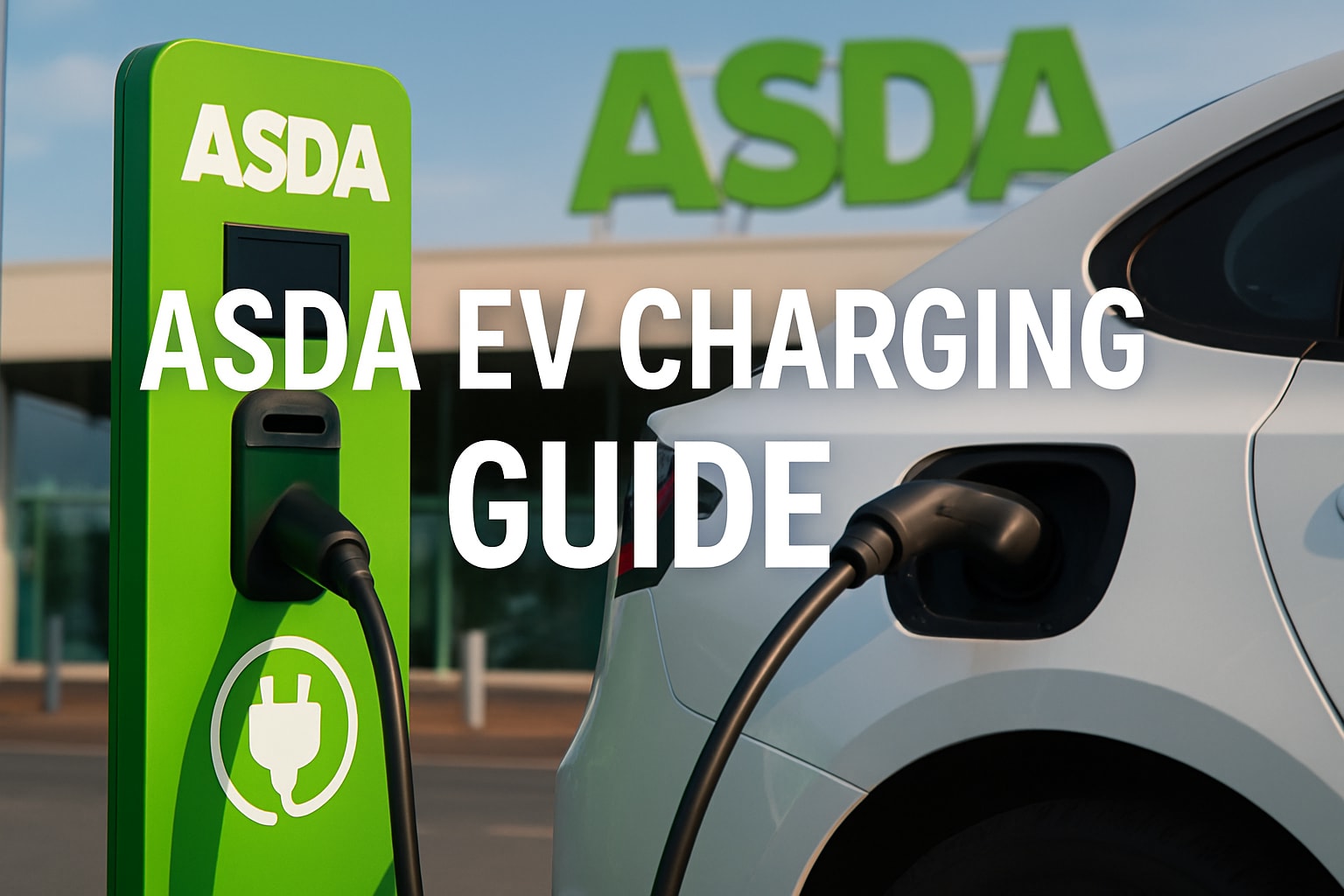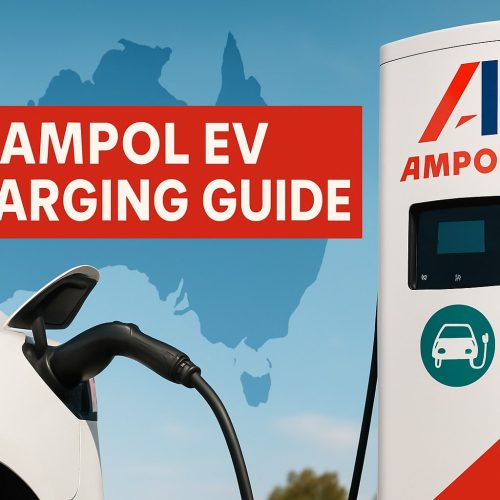Key Takeaways
- One-Pedal Driving: Lifting your foot off the accelerator initiates braking, allowing for one-pedal driving.
- Energy Efficiency: The bigger the car and the more load it carries, the less energy-efficient it becomes.
- Cold Temperatures: Cold weather can affect the range of your EV.
- Low Operating Costs: Operating an EV can be significantly cheaper than a gas-powered vehicle.
- Charging Infrastructure: Level 1, Level 2, and quick charging options are available.
Introduction
Electric vehicles (EVs) are becoming increasingly popular, but for new owners, the transition can be filled with questions and uncertainties. This blog post aims to provide 24 essential tips for new EV owners, covering everything from charging to driving and maintenance.
One-Pedal Driving
One of the unique features of electric vehicles is the ability to drive using just one pedal. When you lift your foot off the accelerator, the car begins to brake. This allows for a more mindful driving experience but requires some getting used to.
Energy Efficiency
The size of your EV and the load it carries can significantly impact its energy efficiency. Constant feedback from the car’s systems can help you become more aware of how efficiently you’re driving.
Cold Weather Impact
Cold temperatures can affect the range of your EV. While this is more noticeable in older models with smaller batteries, even newer models with larger batteries can experience reduced range in cold weather.
Charging Options
There are three primary types of charging: Level 1, Level 2, and quick charging. Level 1 uses a standard 120-volt outlet, Level 2 requires a 240-volt outlet, and quick charging uses specialized charging stations. Knowing the differences can help you plan your charging strategy.
Low Operating Costs
One of the most significant advantages of owning an EV is the low operating cost. Compared to gas-powered vehicles, the cost of electricity for charging is significantly lower. This becomes even more apparent when you consider the lack of oil changes and other maintenance associated with internal combustion engines.
Public Charging
While charging at home is the most convenient option, there are also many public charging stations available. Some of these are even free, particularly at car dealerships, medical centers, and colleges. Apps like PlugShare can help you locate these.
Emergency Power
Some newer EV models offer the option of a bi-directional charge port, allowing you to use your car’s battery to power appliances in case of an emergency, such as a power outage.
Final Thoughts
Owning an electric vehicle is not just an eco-friendly choice but also a practical one. With lower operating costs, various charging options, and unique features like one-pedal driving, EVs offer a compelling package for modern drivers. As the technology continues to evolve, the benefits are only likely to increase.








